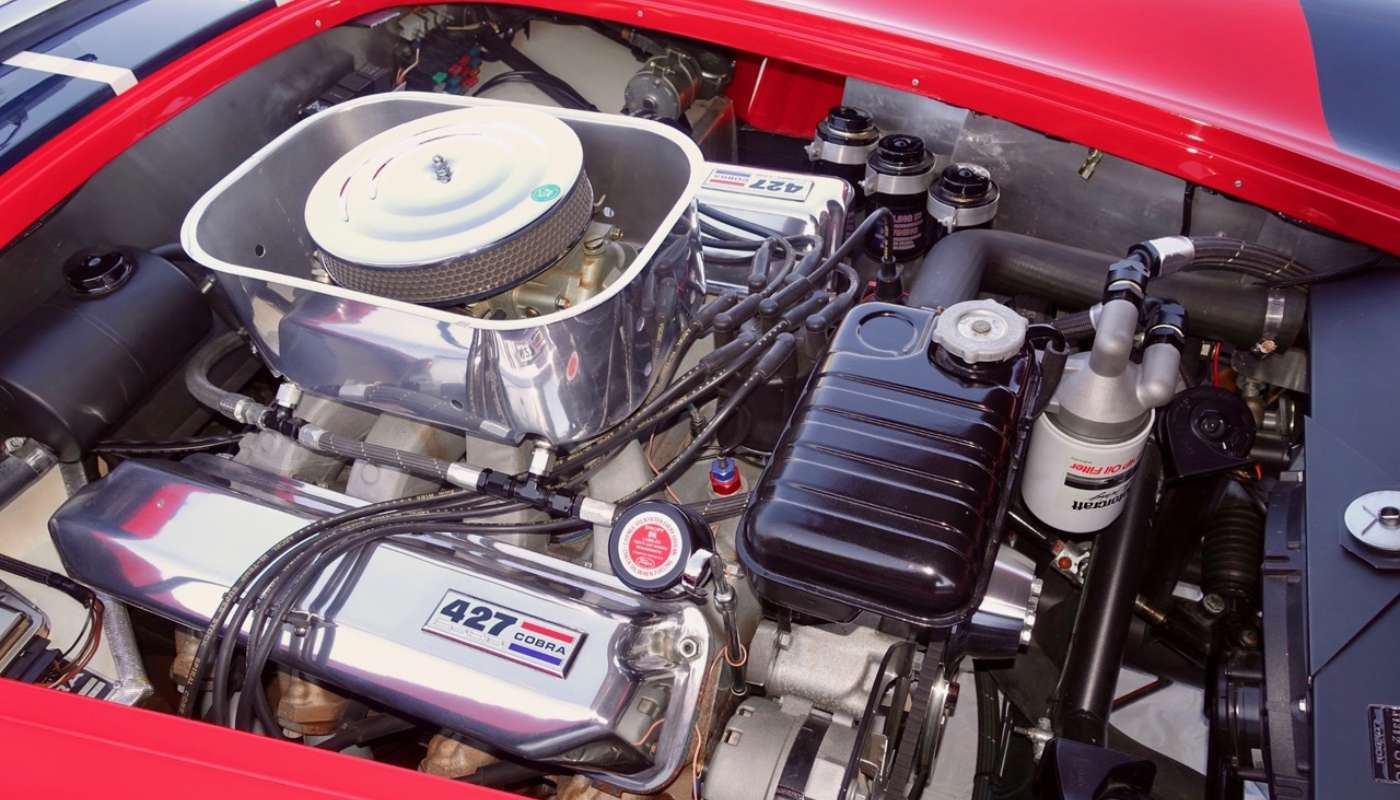
What’s So Special About the Side-Oiler?
By Dean Larson
Maybe you’ve read about a side-oiler here or there, or you know a guy in the local Cobra club has one that the other members drool over. But what is it that makes the 427 side-oiler more exciting than other Ford V8s?
The 427 side-oiler engine belongs to the Ford FE family, arguably the peak of Ford’s big cubic inch V8s. The FE was available from 1958 to ’76 in displacements from 330 to 428 cubic inches. These engines took the place of the outgoing Y-block engine which only ran for a few years after replacing the flathead V8. The FE went through different iterations and was constantly being adjusted and perfected before being replaced by the 335-series (351C/M and 400) and 385-series (370, 429 and 460) engines.
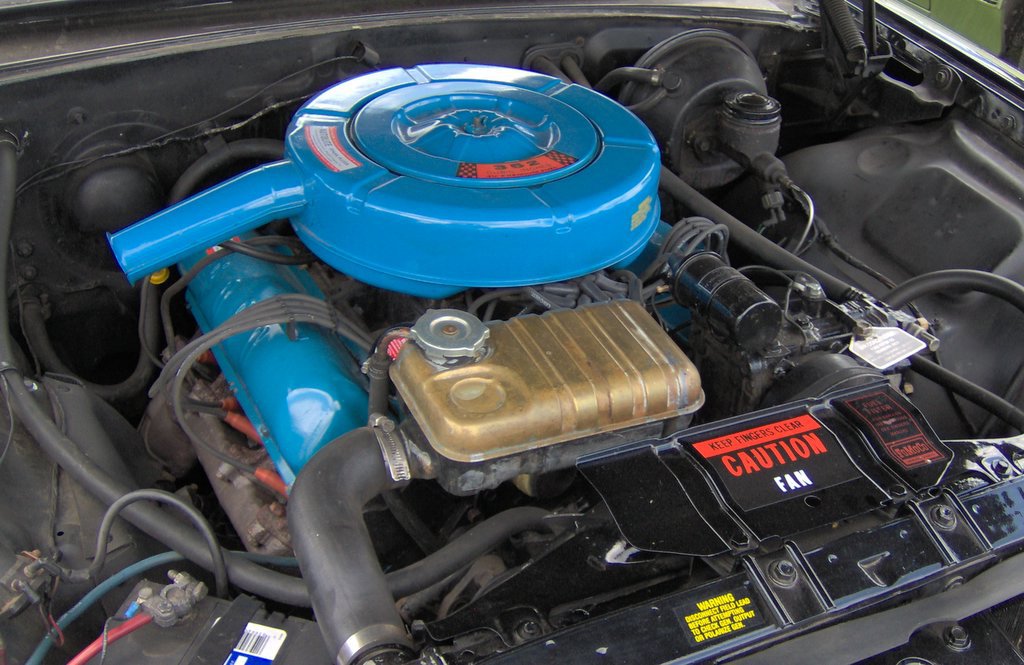
While it was second in displacement to the 428, the 427 was first in performance and the only ‘race-only’ engine in the FE family. Launched in 1963, the 427 engine actually measured 425.98 cubic inches, but was deemed the 427 because this was the maximum engine displacement permitted by a few different race-sanctioning bodies at that time. The thin-wall block was cast with a high-nickel alloy and featured a thicker deck to withstand higher compression ratios. A shorter 3.784-inch stroke was used for high rpm operation, but the 4.233-inch bore pushed the limits of the FE design. It’s important to note that the 427 cannot be bored more than 0.030 inch safely.
Several improvements were made to ensure the 427 engine could endure sustained high rpm (above 5,000) abuse. Up top, most 427s used solid lifters instead of hydraulic lifters for improved horsepower figures at high rpm. Steel cranks were also used because they were a little stronger than their cast counterparts. For added durability under heavy loads, the main bearing webs were reinforced and main bearing caps were cross-bolted. These improvements to the rotating assembly proved beneficial, but weren’t entirely sufficient for the abuses these engines would endure in NASCAR and Le Mans racing. For that, Ford needed to reprioritize engine oiling.
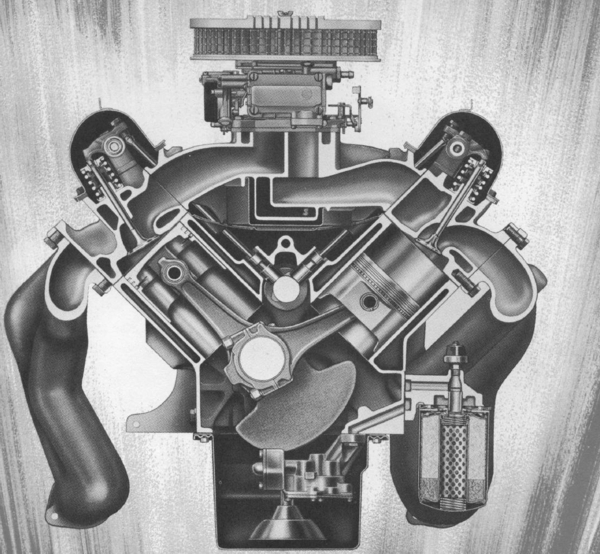
In the standard 427 engine, now dubbed the top-oiler or center-oiler, oil was pumped to a passage under the camshaft and up to the valve train before oiling the crank. To keep the crankshaft happier at the top of the rev range, Ford added a special oil passage along the left side of the block to direct oil to the crank first, and then the cam and valve train. This new oil passage from the side of the block resulted in its new moniker, the side-oiler.
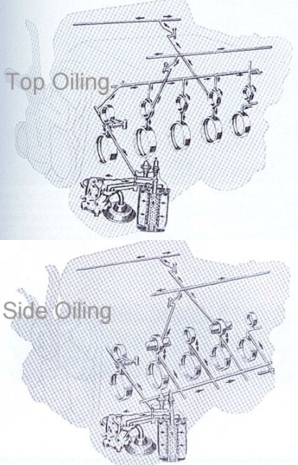
So just how good was this new side-oiler 427? The answer: almost too good. With a gnarly 12.5:1 compression ratio, the 427 made upward of 475 horsepower, and made it all day long with these improvements to the rotating assembly and oiling. This engine powered Ford’s most famous race cars of the 1960s, including the MkIV GT40 that Dan Gurney and A.J. Foyt drove to victory in the 1967 24 Hours of Le Mans. The sensational Ford Thunderbolt drag car also used the side-oiler to rival Chrysler’s new 426 Hemi in Super Stock drag racing. And of course, the 427 could be found in Carroll Shelby’s 427 S/C Cobras, but not all of them interestingly. The side-oiler was expensive, about $800 at the time, so many of these Cobras were fitted with the 428 Police Interceptor engine instead. The engine was cheaper, just $300 at the time, but made just 340 hp compared to the 475 hp the side-oiler was making. In turn, Shelby ended up replacing some 428s with the correct 427 if a customer complained.
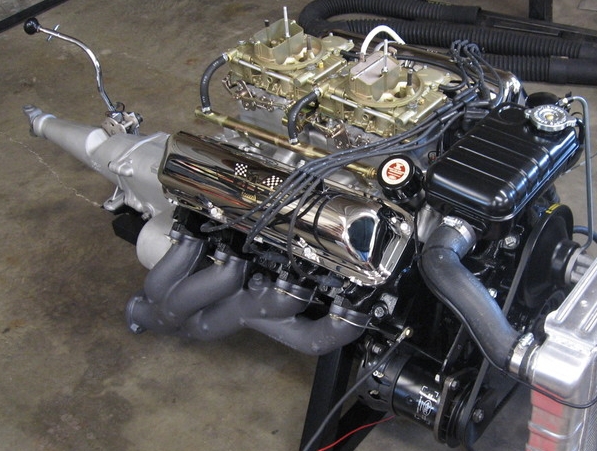
The top iteration of the 427, and king of all FE engines, was the 427 SOHC, or “Cammer.” To challenge Chrysler’s 426 Hemi in NASCAR racing, Ford designed a special overhead valve system for the side-oiler engine. Cast-iron heads with hemispherical combustion chambers and overhead camshafts opened larger stainless steel valves. The two camshafts were connected by a 6-foot-long timing chain. The new heads had a far greater volumetric efficiency at higher rpm than the standard side-oiler, which translated to big horsepower. With a single four-barrel carb, the engine made 616 hp, but two four-barrel carbs, engines were rated a staggering 657 hp at 7,500 rpm. Unfortunately, Chrysler protested and the 427 Cammer became the only engine to ever be banned from NASCAR racing.
After the 427 and other big FE engines were phased out in the mid ’70s, Ford began to transition to smaller engine platforms, standard emission equipment and far lower displacements and compression ratios. Gone were the days of optional 400-plus horsepower engines and 10 and 12:1 compression ratios. But true-blue oval fans will always honor the big iron FE engines of the 1960s and the adrenaline-inducing rumble of these huge-displacement behemoths.
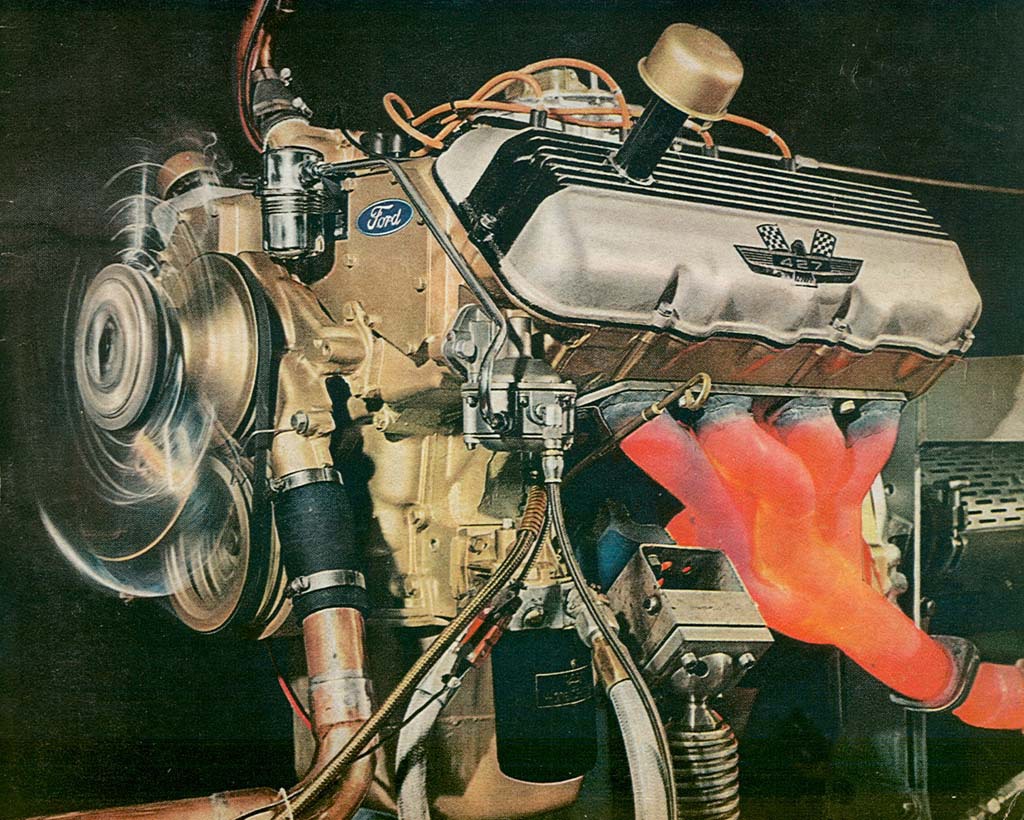
Photos:
By Stephen Foskett- 28th annual New England Regional All-Ford Show and Swap Meet hosted by the Mustang Car Club of New England at the Hebert Candy Mansion, Shrewsbury, MA, CC BY-SA 3.0, https://commons.wikimedia.org/...
By Insomnia Cured Here-Ford 427 SOHC Cammer, (CC BY-SA 2.0) https://www.flickr.com/photos/...
By Ford FE

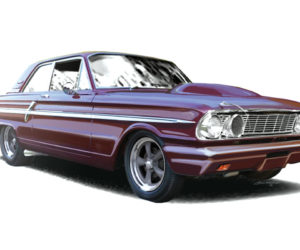
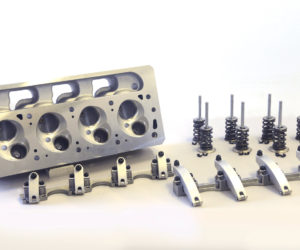
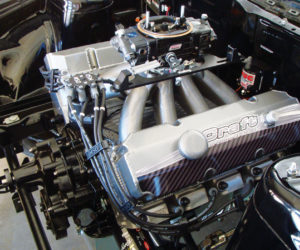
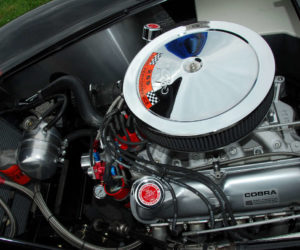
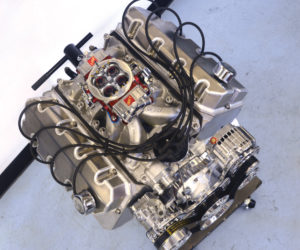
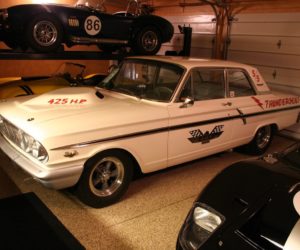




Comments for: What’s So Special About the Side-Oiler?
comments powered by Disqus